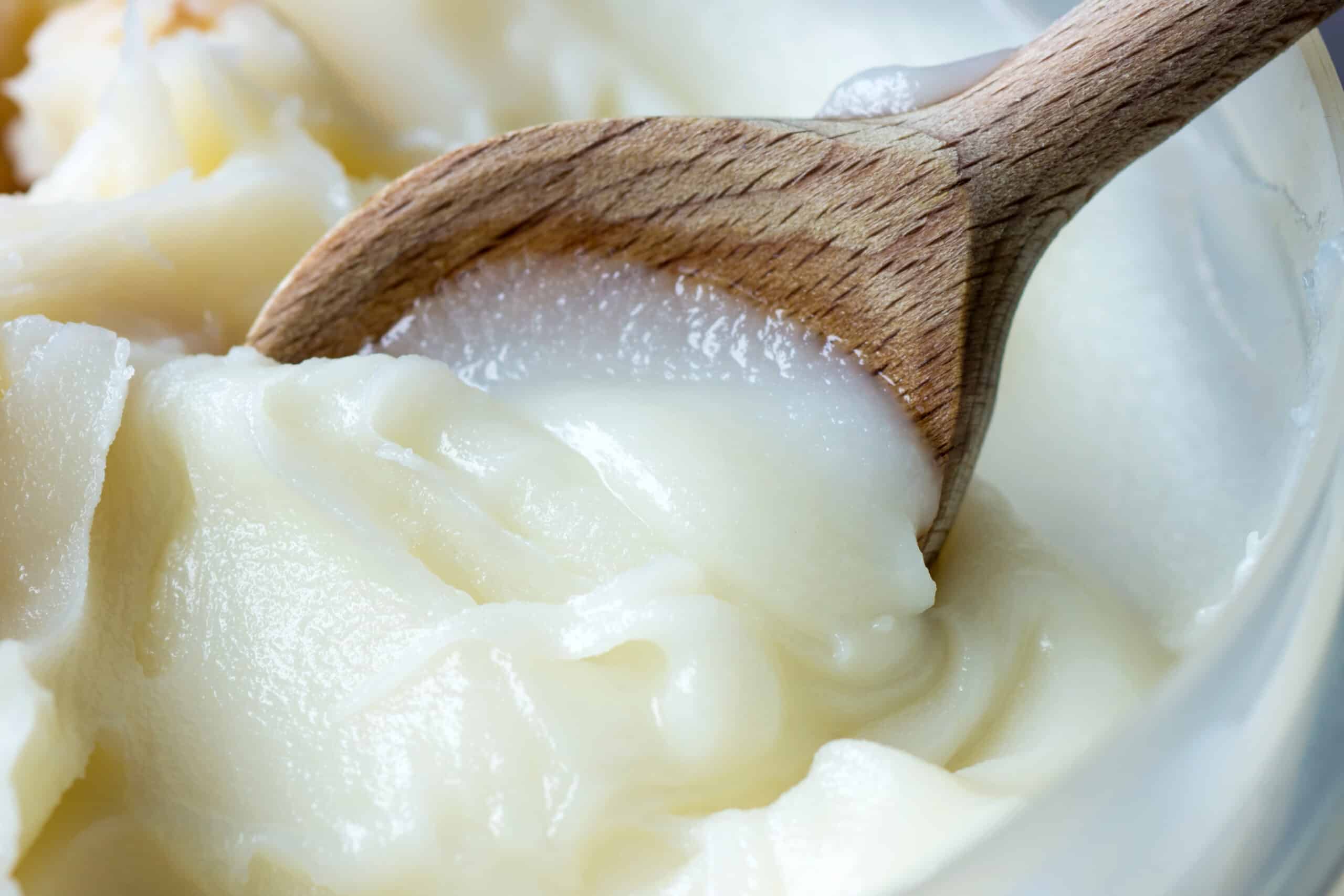

Articles
How To Store Lard
Modified: January 6, 2024
Learn the best way to store lard and keep it fresh for your cooking needs. Check out our informative articles for tips and techniques on lard storage.
(Many of the links in this article redirect to a specific reviewed product. Your purchase of these products through affiliate links helps to generate commission for Storables.com, at no extra cost. Learn more)
Introduction
Welcome to our comprehensive guide on how to store lard. Lard is a versatile and flavorful cooking fat that has been used for centuries. Its rich flavor and high smoke point make it ideal for frying, baking, and even sautéing. However, proper storage is crucial to maintain its freshness and prevent rancidity.
In this article, we will delve into the various aspects of storing lard, including the importance of proper storage, factors to consider, container options, and methods for storing lard at room temperature, in the refrigerator, and in the freezer for long-term storage.
Whether you render your own lard or purchase it, knowing how to store it correctly will ensure that it remains fresh and ready to use whenever you need it. So, let’s get started and learn the best practices for storing lard to preserve its quality and flavor!
Key Takeaways:
- Properly storing lard is crucial to maintain its rich flavor and quality. Factors like temperature, light, and container choice play a key role in preserving lard’s freshness and preventing rancidity.
- Storing lard in the refrigerator or freezer can extend its shelf life, while avoiding common mistakes like exposure to air and light ensures optimal quality. Proper thawing methods are essential for preserving lard’s texture and flavor.
Read more: How To Store Rendered Lard
What is lard?
Lard is a type of fat that is rendered from pig fat. It has a long history of use in cooking and baking and is a staple ingredient in many cuisines around the world. It is particularly valued for its ability to impart a rich, savory flavor to dishes and its versatility in various cooking techniques.
Traditionally, lard was commonly used for frying, as it has a high smoke point, meaning it can withstand high temperatures without breaking down and producing smoke. This makes it ideal for deep frying, pan frying, and sautéing. It also adds moisture and tenderness to baked goods such as pie crusts, biscuits, and pastries.
One of the primary advantages of lard is its composition. It is high in monounsaturated fats, which are considered to be heart-healthy fats. Additionally, it has a balanced ratio of saturated and unsaturated fats, making it a healthier alternative to some other types of cooking fats. Lard also contains vitamin D, which is important for bone health, and small amounts of other essential vitamins and minerals.
While lard fell out of favor for some time due to its saturated fat content, it has experienced a resurgence in recent years as people reevaluate the health benefits and culinary qualities of traditional cooking fats. Many chefs and home cooks appreciate lard for its unique flavor profile, as well as its ability to enhance the texture and flavor of various dishes.
When it comes to purchasing lard, you can find it in different forms. It is available in grocery stores, typically sold in the baking aisle or the refrigerated section. You can choose between commercial lard, which is pre-rendered and ready to use, or unrendered pork fat that you can render at home.
Now that we have a better understanding of what lard is and its culinary significance, let’s explore why it is crucial to store lard properly to maintain its quality and prevent it from spoiling.
Why is it important to store lard properly?
Properly storing lard is essential to maintain its freshness, quality, and flavor over an extended period. Just like any other cooking fat, lard can become rancid if not stored correctly. Rancidity occurs when the fats in lard break down, leading to an unpleasant smell and taste.
Here are some reasons why it is important to store lard properly:
- Preserve taste and flavor: Storing lard properly helps to preserve its natural taste and flavor. When lard becomes rancid, it develops an off-putting and unpleasant taste that can ruin the flavor of your dishes. By storing it correctly, you can ensure that the lard retains its rich, savory flavor, enhancing the taste of your recipes.
- Prevent spoilage: Lard is a perishable food item, and like any other perishable item, it can spoil if not stored properly. Exposure to air, heat, light, and moisture can accelerate the process of spoilage and lead to the growth of bacteria, mold, and other microorganisms. Proper storage practices can help prevent contamination and extend the shelf life of your lard.
- Maintain texture and consistency: When lard is exposed to fluctuating temperatures or improper storage conditions, it can change in texture and consistency. It may become soft and greasy or develop graininess. Storing lard correctly will help it maintain its desired texture and consistency, ensuring optimal performance in cooking and baking.
- Minimize waste: Lard can be a valuable and expensive ingredient, especially if you render it yourself or purchase high-quality lard. Proper storage practices help to minimize waste by preventing spoilage and extend its usability. This way, you can make the most of your lard and avoid unnecessary expenditures.
- Ensure food safety: Storing lard properly is crucial for food safety. When lard is exposed to unsanitary conditions or stored incorrectly, it can become a breeding ground for harmful bacteria, posing a risk to your health. By following proper storage guidelines, you can maintain the integrity of the lard and minimize the chances of foodborne illnesses.
By understanding the importance of proper lard storage, you can ensure that your lard remains fresh, flavorful, and safe for consumption. In the following sections, we will explore the factors to consider when storing lard and the various methods you can use for optimal storage.
Factors to consider when storing lard
When it comes to storing lard, several factors need to be taken into consideration to ensure its longevity and quality. By considering these factors, you can maintain the flavor, texture, and overall integrity of your lard. Let’s explore the key factors to keep in mind:
- Temperature: Lard should be stored in a cool environment to slow down the degradation process and prevent it from melting or becoming excessively soft. Fluctuating temperatures can affect the texture and consistency of lard, making it greasy or grainy. It is essential to choose the appropriate storage location that maintains a consistently cool temperature.
- Light: Exposure to light can accelerate the breakdown of fats in lard, leading to rancidity. It is crucial to store lard in a dark or opaque container to protect it from exposure to light. This can be achieved by using containers that are not transparent or by storing it in a cool, dark pantry or cupboard.
- Air and moisture: Lard should be stored in airtight containers or packaging to prevent exposure to air and moisture. Oxygen and moisture can speed up the oxidation process, resulting in rancidity. Make sure the container you use has a tight seal to minimize air and moisture contact.
- Fragrance absorption: Lard absorbs odors and flavors from its surroundings. It is crucial to store lard away from strong-smelling foods or chemicals. If stored in close proximity to items with strong odors, the lard may take on these smells, which can alter the taste and aroma of your dishes.
- Container quality: Selecting the right container for lard storage is vital. It is best to choose containers made of materials that do not react with fats, such as glass or food-grade plastic. Avoid using containers made of metal, as they can cause the lard to oxidize more quickly. Additionally, ensure that the container is clean and free from any residue, which can contaminate the lard.
By considering these factors, you can determine the best storage conditions for your lard and ensure that it remains fresh and of high quality. In the following sections, we will explore the different container options available for lard storage and discuss the tips and methods for storing lard at room temperature, in the refrigerator, and in the freezer for long-term storage.
Choosing the right container for lard storage
When it comes to storing lard, selecting the right container is crucial for maintaining its quality and freshness. The container you choose should provide a secure and airtight seal to prevent air, moisture, and light from entering and spoiling the lard. Here are some container options to consider:
- Glass jars: Glass jars are an excellent choice for storing lard. They are non-reactive and do not impart any flavors or odors to the lard. Look for jars with tight-fitting lids or screw-on caps to ensure a proper seal. Mason jars or recycled glass jars with airtight lids work well for storing small to moderate amounts of lard.
- Food-grade plastic containers: Food-grade plastic containers made from materials such as HDPE (High-Density Polyethylene) or PET (Polyethylene Terephthalate) are suitable for lard storage. Look for containers specifically designed for food storage and choose those with tight-sealing lids. Plastic containers are lightweight and easy to handle, making them convenient for storing larger quantities of lard.
- Stainless steel containers: While metal containers are not ideal for long-term lard storage due to their potential to cause oxidation, stainless steel containers can be used for short-term or temporary storage. Stainless steel is non-reactive and does not affect the flavor or quality of the lard. However, ensure that the container has a tight-fitting lid to prevent air and moisture exposure.
- Vacuum-sealed bags: Vacuum-sealed bags are an effective option for storing lard in the freezer. These bags remove excess air, reducing the risk of freezer burn and preserving the quality of the lard. Use specially designed vacuum-sealed bags or use a vacuum-sealing machine to ensure a proper seal.
- Canned lard: Another option is to can your rendered lard using the proper canning procedures. Canned lard has a long shelf life, and the sealed canning jars protect the lard from air and moisture. Follow the guidelines for canning and sterilizing the jars to ensure the safety and longevity of the lard.
Whichever container you choose, ensure that it is clean, dry, and free from any residues or contaminants. Label the container with the date of storage to track its freshness and usage. It is also a good practice to store lard in smaller portions, especially if you won’t be using it frequently. This allows you to take out only the amount needed without repeatedly exposing the entire batch to air and moisture.
Now that you have an idea of the container options available, in the following sections, we will delve into the specific methods of storing lard at room temperature, in the refrigerator, and in the freezer, taking into account the factors we discussed earlier.
Read more: How To Store Pork Lard
Tips for storing lard at room temperature
Storing lard at room temperature is a convenient option if you use it frequently and have a cool, stable environment. However, it is crucial to follow some guidelines to ensure that the lard remains fresh and safe for consumption. Here are some tips for storing lard at room temperature:
- Select a cool, dark location: Choose a cool area of your kitchen or pantry that maintains a consistent temperature. Avoid areas that are exposed to direct sunlight or near heat sources, as fluctuating temperatures can affect the quality of the lard.
- Use airtight containers: Store lard in airtight containers to protect it from exposure to air and moisture. Ensure that the chosen container has a tight-sealing lid or closure mechanism to maintain a secure and airtight environment.
- Avoid cross-contamination: Store lard away from strongly scented foods or substances as it can absorb odors easily. Keep it separate from items such as garlic, onions, spices, and cleaning chemicals. This will prevent the lard from taking on unwanted flavors and aromas.
- Rotate supplies: If you have multiple containers or batches of lard, use the principle of “first in, first out.” This means using the oldest batch before the newer ones to ensure that none of the lard goes to waste and maintains its freshness.
- Inspect for spoilage: Regularly check the lard for any signs of spoilage, such as an off smell or appearance. Rancid lard will have a strong, unpleasant odor and may appear discolored or have a slimy texture. If you notice any signs of spoilage, discard the lard immediately.
- Monitor storage conditions: Keep an eye on the room temperature and humidity levels. If your storage area becomes too warm or humid, consider transferring the lard to a cooler location, or switch to refrigerated or frozen storage instead.
Remember that lard stored at room temperature has a shorter shelf life compared to lard stored in the refrigerator or freezer. It is recommended to use room-temperature lard within a few months to ensure its freshness and quality. If you have a large quantity of lard that you won’t be able to use within this timeframe, consider storing it in the refrigerator or freezer for extended preservation.
In the next sections, we will explore the best practices for storing lard in the refrigerator and freezing it for long-term storage.
Store lard in an airtight container in the refrigerator or freezer to extend its shelf life. This will help prevent it from becoming rancid and maintain its quality for longer.
Storing lard in the refrigerator
Storing lard in the refrigerator is an excellent option if you want to extend its shelf life and maintain its freshness. The cold temperature of the refrigerator helps slow down the degradation process of the fat, ensuring that it stays usable for a longer period. Here are some tips for storing lard in the refrigerator:
- Choose the right container: Use a container that is safe for refrigerator storage, such as a glass jar or a food-grade plastic container. Make sure the container has an airtight seal to prevent air and moisture from entering. This will help keep the lard fresh and prevent it from absorbing any odors from the refrigerator.
- Allow the lard to cool: When rendering homemade lard, allow it to cool to room temperature before transferring it to the refrigerator. This prevents condensation from forming inside the container, which can lead to moisture buildup and spoilage.
- Label and date the container: To keep track of the lard’s freshness, label the container with the date of storage. This will help you use the oldest lard first and ensure that it stays within its recommended shelf life.
- Store in a consistent temperature zone: Place the lard in a specific zone of your refrigerator that maintains a consistent temperature, such as the back of a shelf or a designated compartment. Avoid storing it in the door, as it may be subjected to temperature fluctuations when the door is opened and closed frequently.
- Monitor for signs of spoilage: Periodically check the lard for any signs of spoilage, such as an off smell, odd texture, or discoloration. If you notice any of these indications, discard the lard immediately to avoid the risk of consuming rancid fat.
When stored properly in the refrigerator, lard can maintain its quality for several months. However, it is still recommended to use the lard within a reasonable timeframe to ensure optimal freshness. If you anticipate that you won’t be able to use the refrigerated lard within a few months, consider transferring some of it to the freezer for longer-term storage.
Next, we will discuss how to properly freeze lard for extended preservation.
Freezing lard for long-term storage
If you have a surplus of lard or want to extend its shelf life beyond a few months, freezing is the ideal method for long-term storage. Freezing lard slows down the deterioration process and helps it maintain its freshness for an extended period. Here’s how to freeze lard properly:
- Prepare the lard for freezing: If you have rendered lard and it is still warm, allow it to cool to room temperature. Pour the lard into a freezer-safe container, leaving some headspace at the top for expansion during freezing. Alternatively, you can divide the lard into smaller portions and wrap them tightly in freezer-safe plastic wrap or place them in freezer bags.
- Seal the containers: Ensure that the containers you’re using are airtight and properly sealed. This helps prevent any air or moisture from entering, which can lead to freezer burn and affect the quality of the lard. If using plastic wrap or freezer bags, squeeze out as much air as possible before sealing.
- Label and date the containers: Label each container or package with the date of freezing. This allows you to keep track of the lard’s age and use the oldest frozen lard first to maintain freshness.
- Store in the freezer: Place the lard containers or packages in the coldest part of the freezer, such as the back or bottom shelf. It is essential to maintain a constant freezing temperature to prevent thawing and refreezing, as this can affect the quality of the lard.
- Freeze only high-quality lard: It is recommended to freeze only high-quality lard to ensure the best results. Lard that is fresh and free from any off smells or flavors will freeze and thaw better, providing optimal taste and texture when used later.
- Follow proper thawing methods: When you’re ready to use the frozen lard, it’s important to thaw it properly. Transfer the desired amount of lard to the refrigerator and allow it to thaw slowly overnight. Avoid thawing it at room temperature or using quick thawing methods, as this can lead to uneven thawing and may negatively impact the quality of the lard.
When stored in the freezer at 0°F (-18°C) or below, lard can remain safe and usable for up to a year or even longer. It is always best to use the frozen lard within a reasonable timeframe to maintain its optimum quality and taste.
In the next section, we will discuss how to thaw frozen lard properly for use in your cooking and baking.
How to thaw frozen lard
Thawing frozen lard properly is essential to ensure its quality and to maintain its rich flavor. Here’s a step-by-step guide on how to thaw frozen lard:
- Plan ahead: Take out the amount of frozen lard you need from the freezer and plan ahead for thawing. Allow enough time for the lard to thaw slowly in the refrigerator.
- Transfer to the refrigerator: Place the frozen lard in a container or on a plate and transfer it to the refrigerator. Make sure the container is sealed properly to avoid any cross-contamination and absorption of odors.
- Thaw overnight: Let the frozen lard thaw slowly in the refrigerator, allowing it to defrost overnight or for at least several hours. This gradual thawing helps maintain the integrity of the lard and preserves its texture and flavor.
- Check for thawing: After the recommended thawing time has passed, check the lard for any signs of thawing. It should appear soft and easily workable. If any parts of the lard are still frozen, return it to the refrigerator and continue thawing until completely soft.
- Use as needed: Once the lard has thawed completely, it is ready to use in your cooking or baking. Measure out the desired amount and incorporate it into your recipes as directed.
- Refreeze if necessary: If you have thawed more lard than needed, it is safe to refreeze the unused portion. However, remember that each refreezing cycle can affect the quality of the lard, so it’s best to thaw only the amount you intend to use.
It’s important to use thawed lard within a reasonable timeframe to maintain its freshness and flavor. As with any food, practicing proper hygiene and safe food handling is crucial when using thawed lard.
By following these steps, you can safely and effectively thaw frozen lard, ensuring that it is ready for use in your favorite recipes.
In the final section, we will discuss some common mistakes to avoid when storing lard to maintain its quality and flavor.
Read more: How To Store Lard Long Term
Common mistakes to avoid when storing lard
Proper storage of lard is crucial for maintaining its quality and preventing it from spoiling. To ensure that your lard stays fresh and usable, it’s important to avoid the following common mistakes:
- Exposing lard to air: Air accelerates the oxidation process, leading to rancidity. Avoid leaving lard uncovered or storing it in containers that are not airtight. Properly seal the container or wrap the lard to prevent exposure to air.
- Storing lard near strong odors: Lard easily absorbs odors, so storing it near strongly scented foods, spices, or cleaning chemicals can result in off-flavors. Ensure that the storage location is free from strong odors to maintain the purity of the lard’s taste.
- Direct exposure to light: Light promotes fat oxidation and can lead to rancidity. Keep lard away from direct sunlight or bright artificial light. Choose containers that are opaque or store lard in a dark location to minimize light exposure.
- Storing at fluctuating temperatures: Lard is sensitive to temperature changes. Fluctuating temperatures can cause the fat to melt and solidify repeatedly, affecting its texture and quality. Store lard in a cool and consistent temperature zone to maintain its stability.
- Using inappropriate containers: Using the wrong container for lard storage can have negative consequences. Avoid containers made of reactive materials or those that may impart flavors to the lard. Choose food-grade plastic, glass, or stainless steel containers that are suitable for storing fats.
- Forgetting to label and date: It’s important to label the containers with the date of storage to keep track of the lard’s freshness. Neglecting to label and date the containers can make it difficult to identify the oldest lard, resulting in potential waste.
- Storing low-quality or spoiled lard: Storing lard that is already low in quality or spoiled will not improve its condition. Ensure that the lard is fresh, properly rendered, and free from any off smells or flavors before storing it.
- Overlooking proper thawing methods: Thawing frozen lard too quickly, such as at room temperature, can cause uneven thawing and compromise the overall quality of the lard. Follow the proper thawing methods, such as thawing in the refrigerator, to maintain the lard’s texture and flavor.
By avoiding these common mistakes, you can ensure that your stored lard remains fresh, flavorful, and safe to use in your cooking and baking endeavors.
Now that we have covered the common mistakes to avoid, let’s summarize the key points discussed in this article.
Conclusion
In conclusion, properly storing lard is essential for maintaining its freshness, quality, and flavor. Whether you render your own lard or purchase it, following the right storage methods will ensure that it remains in optimum condition for longer periods of time.
Key factors to consider when storing lard include temperature, light, air and moisture exposure, fragrance absorption, and choosing the right container. By controlling these factors, you can prevent rancidity, extend the shelf life of your lard, and ensure that it retains its rich flavor and texture.
When it comes to containers, options such as glass jars, food-grade plastic containers, and stainless steel containers are ideal for storing lard. Airtight seals and protection from light are crucial to maintaining the lard’s quality.
Storing lard at room temperature is convenient if you use it frequently and have a cool environment. However, if you want to prolong its shelf life, refrigerating or freezing it is recommended.
When storing lard in the refrigerator, choose appropriate containers, maintain a consistent temperature, and periodically check for signs of spoilage.
Freezing lard is ideal for long-term storage. Properly package and label the lard before placing it in the freezer. Thawing frozen lard slowly in the refrigerator ensures its texture and flavor remain intact.
By avoiding common mistakes like exposure to air, strong odors, light, fluctuating temperatures, and using improper containers, you can keep your lard in optimal condition and prevent waste.
Remember to always follow proper food safety guidelines and hygiene practices, and discard any lard that shows signs of spoilage or has an off smell or taste.
Now that you have the knowledge and tips on how to store lard properly, you can preserve its freshness, flavor, and quality for all your cooking and baking needs. Enjoy the rich and versatile qualities of lard with the confidence that it will be ready to enhance your favorite dishes whenever you need it.
Frequently Asked Questions about How To Store Lard
Was this page helpful?
At Storables.com, we guarantee accurate and reliable information. Our content, validated by Expert Board Contributors, is crafted following stringent Editorial Policies. We're committed to providing you with well-researched, expert-backed insights for all your informational needs.




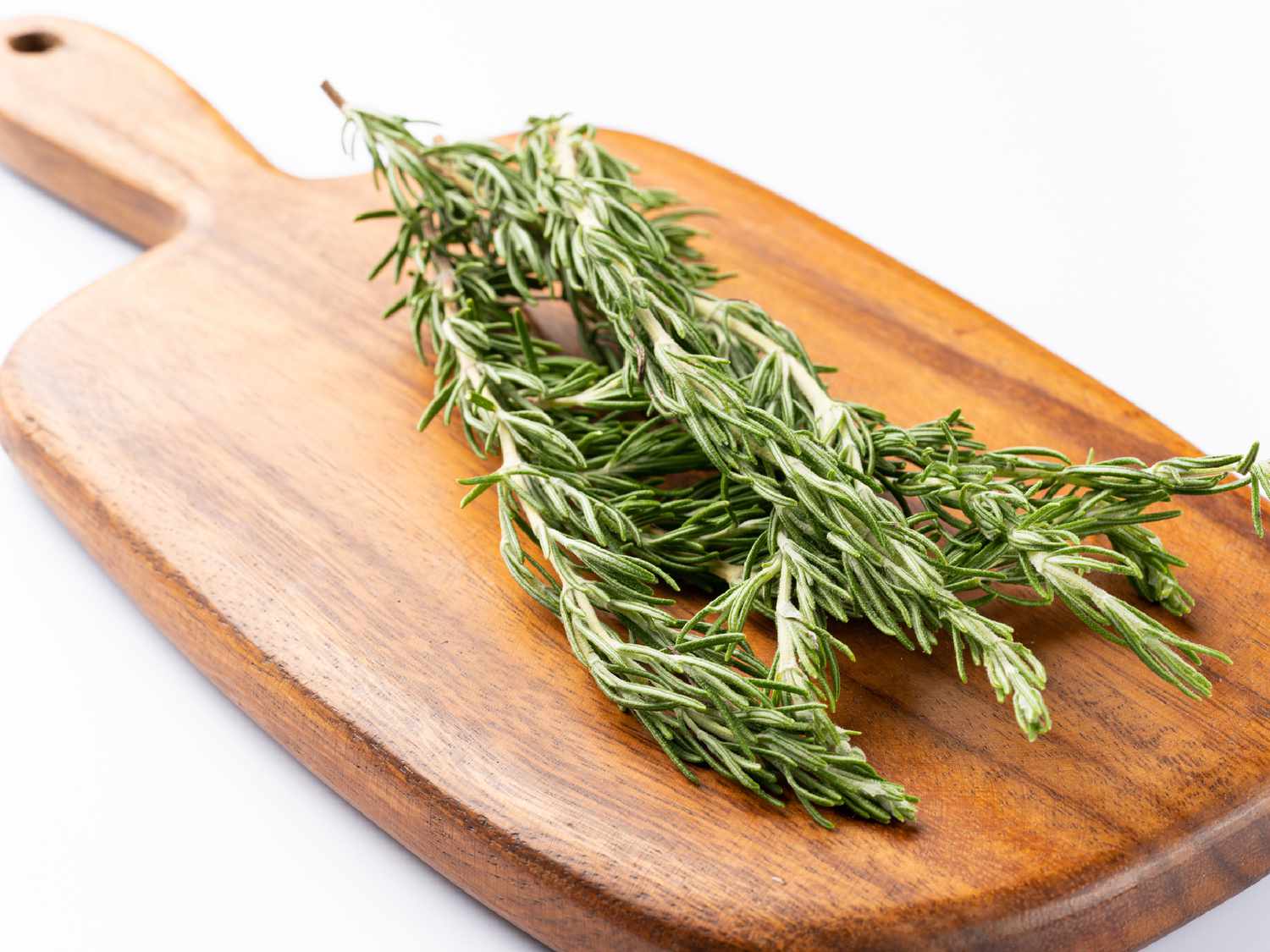
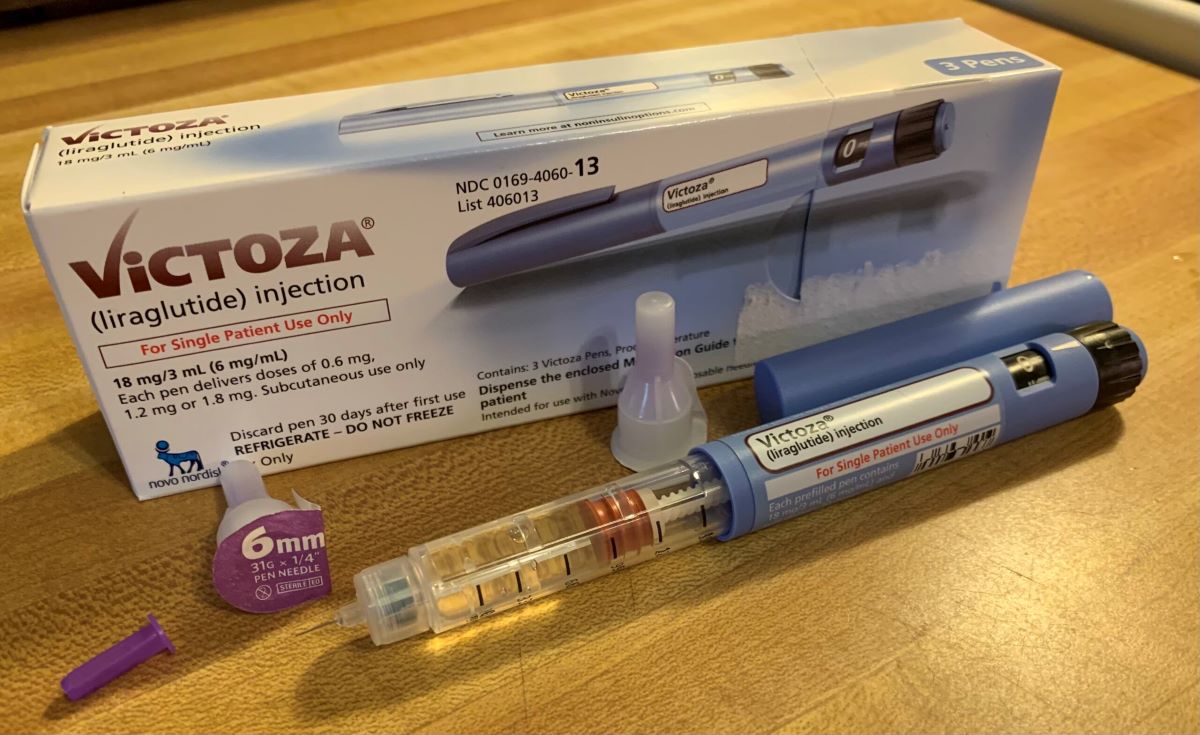
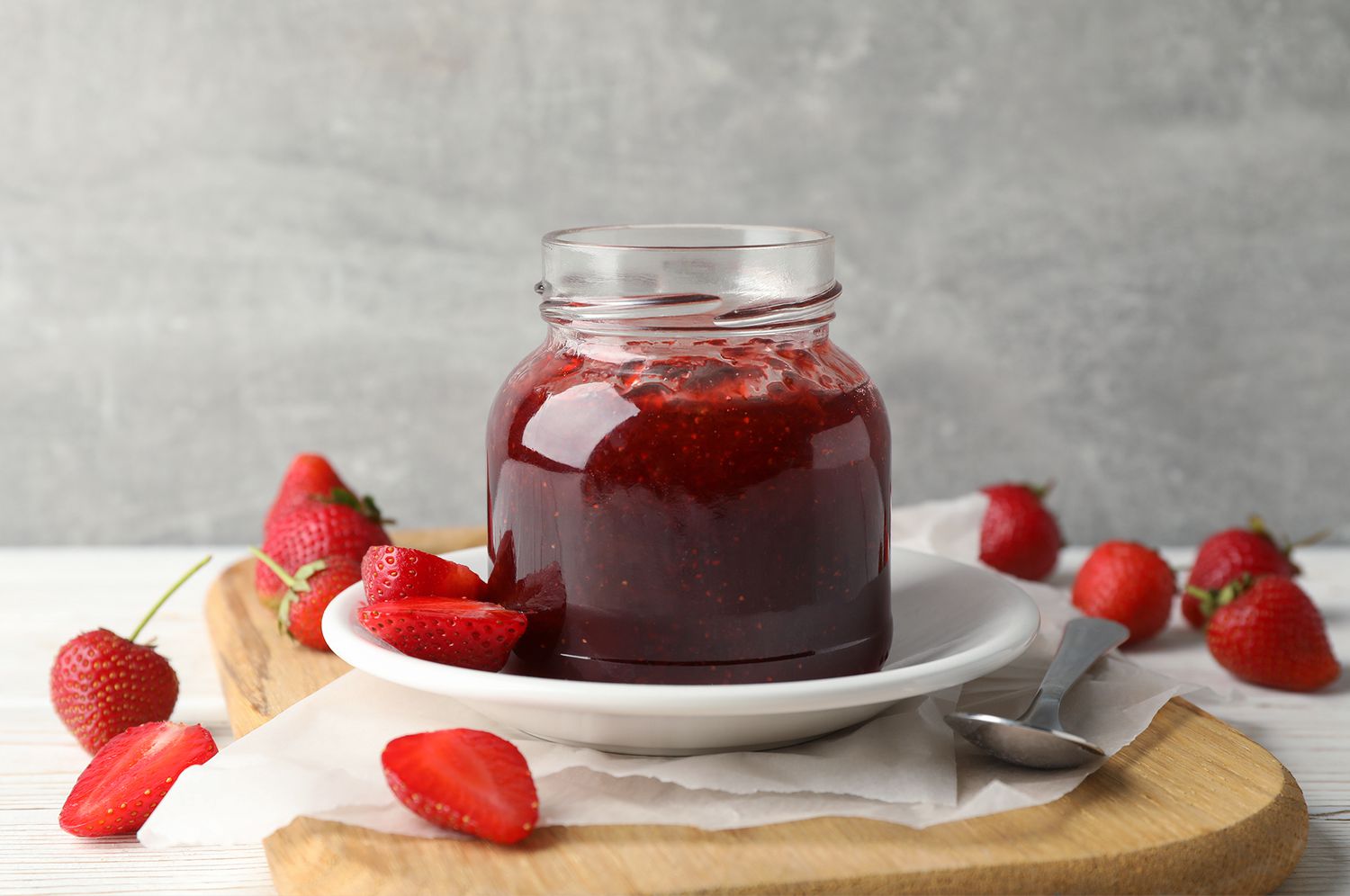


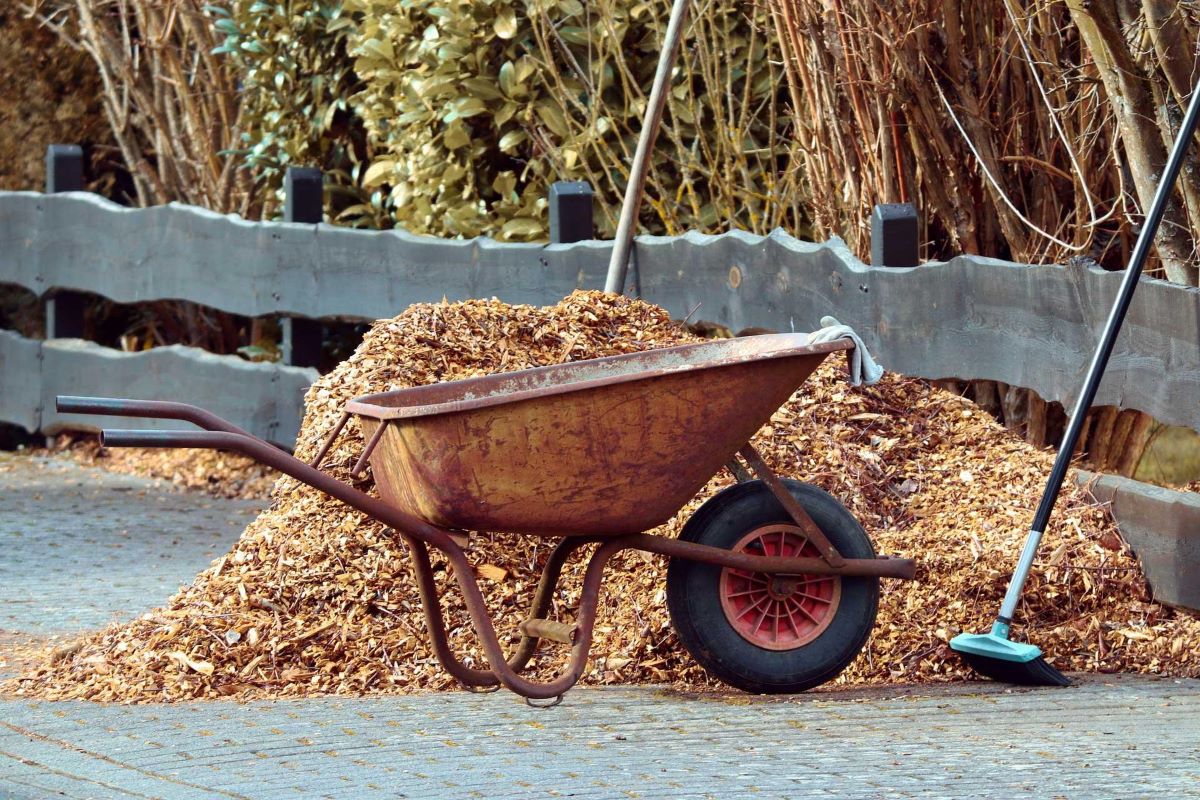
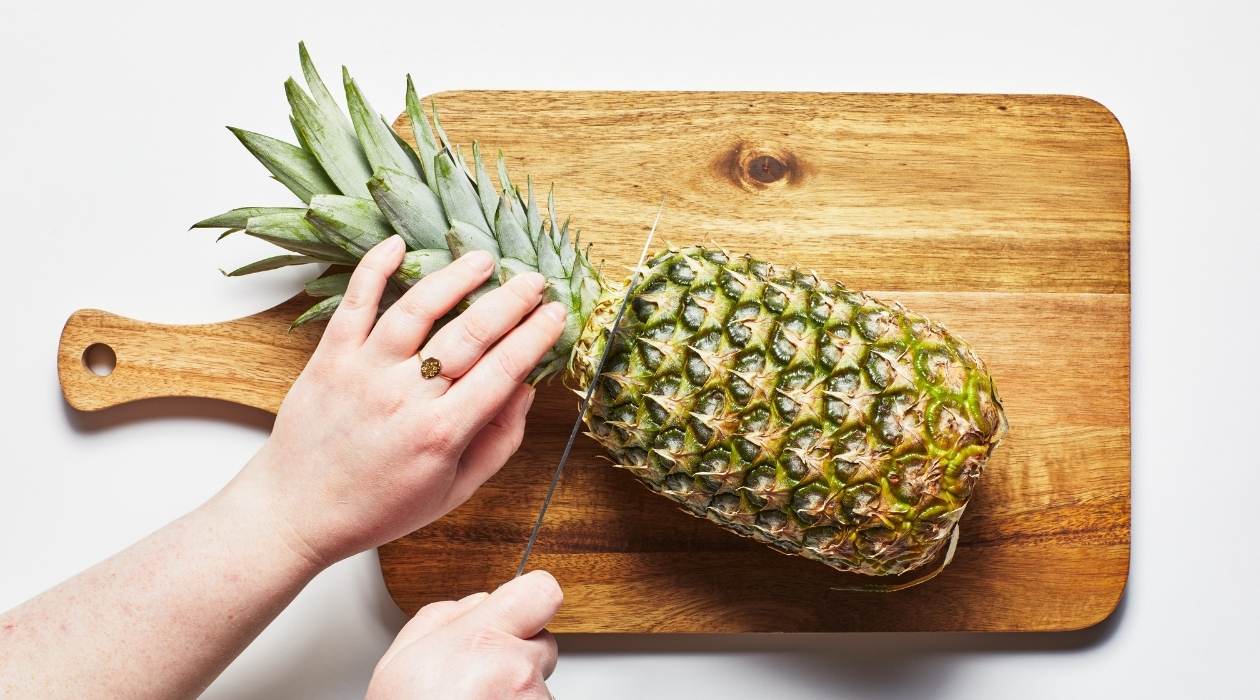
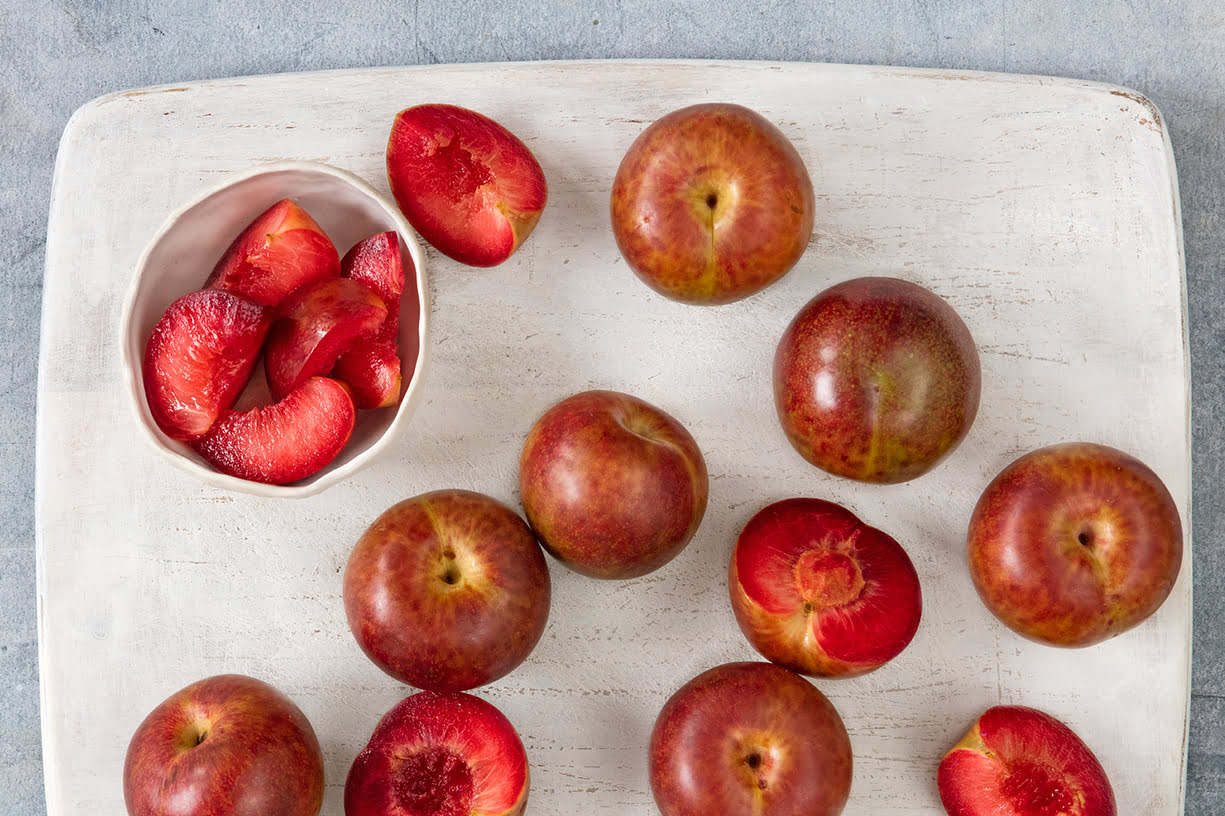
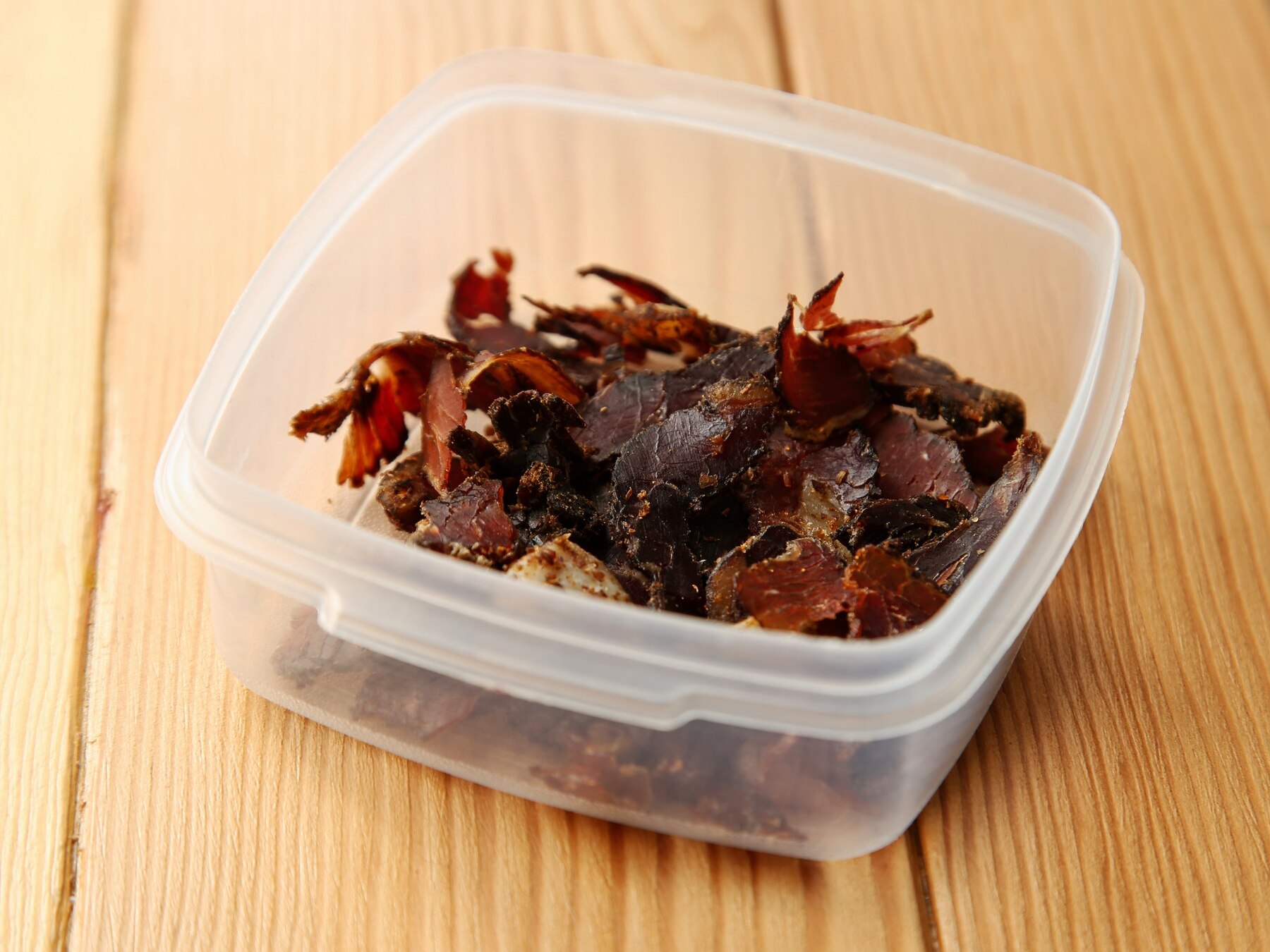

0 thoughts on “How To Store Lard”